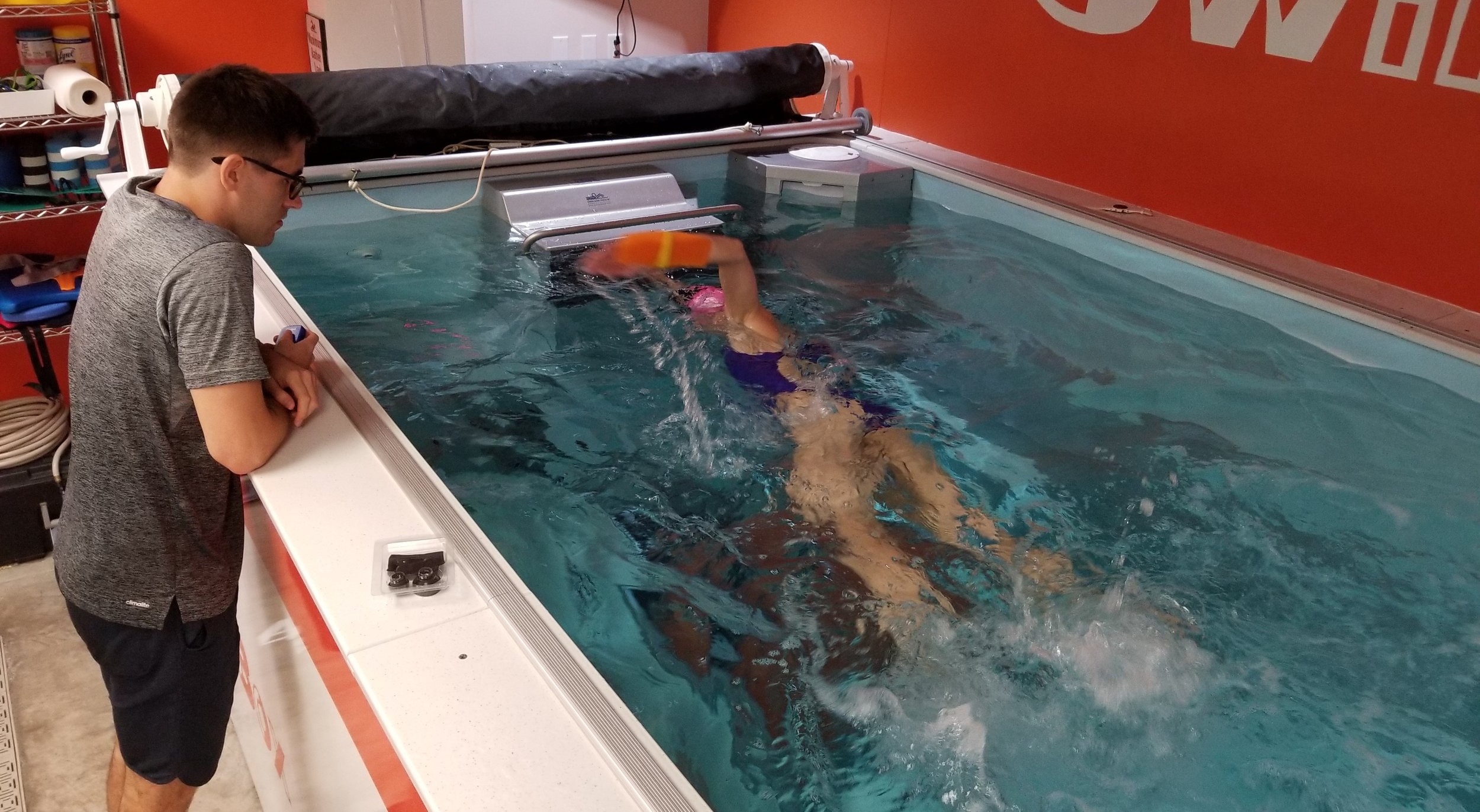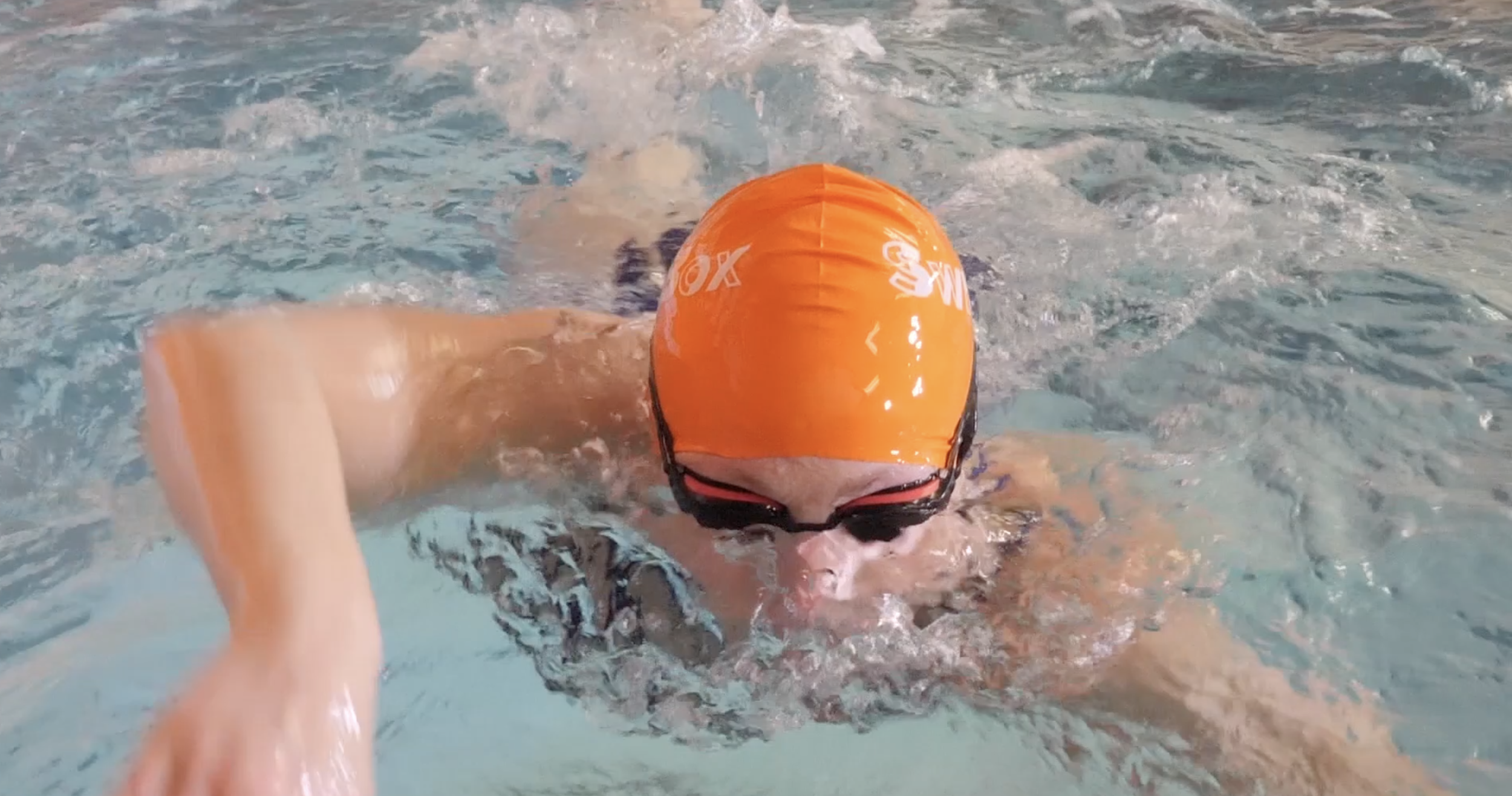Oof, I’m beat. I really don’t know how you guys train for these super long races that take hours to complete, I really don’t. My aquathlon should, in theory, take me no longer than 45 minutes to complete, and my training is still taking over my life. Is this normal? I’m told it is, but still, yeesh. And this is coming from someone who spent her formidable years waking up at 3:45am to jump into an icy cold hole in the ground and swim back and forth in it for two hours, and THEN spend 7 hours at school. Trust me, I’m no stranger to working out, but for some reason this training is really taking it out of me.
All of our SwimBox clients keep telling me to spread my workouts out throughout the day, but to be honest that sounds like the exact opposite of how I want to spend my time. I enjoy waking up early (sometimes too early, sorry Dominic), getting my workouts in and out of the way, then starting the rest of my day. I hate the feeling of having a training session loom over my head when it’s not the first thing I do when I get out of bed in the morning. If I have to workout after lunch, you better believe I’m going to be complaining about it. After dinner? Forget it, it’s not going to happen. Well, okay no, that’s not true. Back when our gym wasn’t flooded and out of commission (don’t get me started) it never bothered me to walk out of my door, take three steps and go to the gym. But when I have to drive somewhere, it somehow becomes the bane of my existence when the workout isn’t at o’dark thirty in the morning.
RUN WORKOUTS
Anyshways, my run workouts. Not a swimming specific post, I know, but what can you do about it. I’ve been trying my best to run at least 3-4 times a week, but more often than not lately it’s been three runs per week. The heat was my initial enemy, but lately it’s been the rain, and I’m sorry but I’m just not going to run in the rain if it’s more than a mist. Klutz is my middle name and I just know I’d slip on a leaf and break 578493 bones in the process. So, I stay inside. My long runs, which I try to do twice a week, are sitting pretty at about 40 minutes right now. Eventually I’d like to get up to 45 minutes, but for some reason these mentally kill me. It’s not that they’re incredibly taxing in a physical sense - probably on the upper-side of moderate pace - but the words “40 minute run” bury down into the depths of my brain and weasel around in there scaring the donuts out of me. I don’t know why, since my swim practices were always at a minimum 90 minutes long, but those came with built in breaks. I’m having to work very hard to keep my thoughts positive during these runs and not chicken out.
The other runs I do every week are a mix of fartlek style and walk-sprint combos. The hardest workout I’ve had yet was a 40 minute swim workout (made up of the interval training I wrote about in my first aquathlon post) immediately followed by a 30 minute walk-sprint. The sprint was one minute and the walk was two minutes, repeated over again until the 30 minute mark. My legs were DEAD after that. Completely dead. Thankfully I was treated to a cinnamon roll the size of my head after this, but still, that was a tough one.
I know this post has been a bit complainy, I’m sorry about that, but I’m always going to be honest about these things. And since this has been hard on me, that’s what you’re going to get to read about. And hey, just think, no food jokes this time! Well okay, not no food jokes, but one per post is probably the least you’ll ever get from me.
Come back in a few weeks to read about the progression of my swim workouts and what I’m doing for strength training!
















